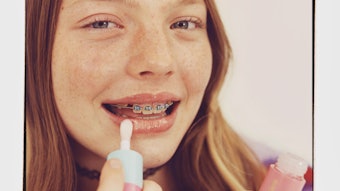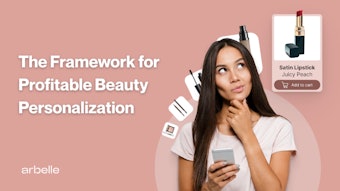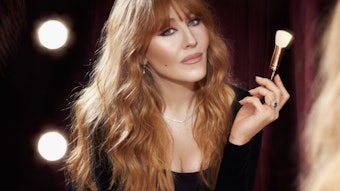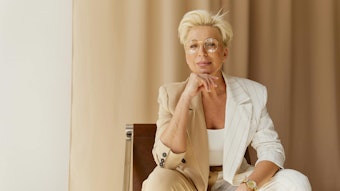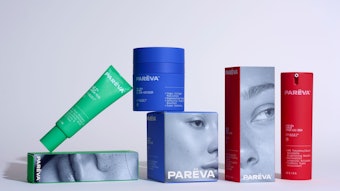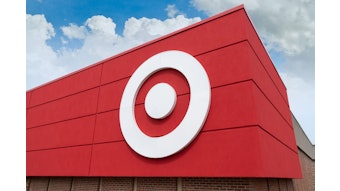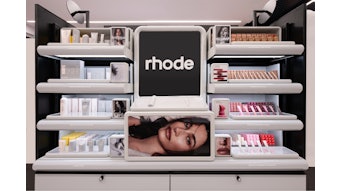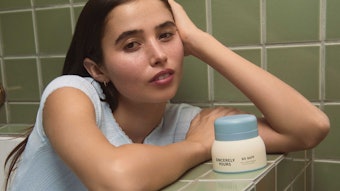As luxury products migrate to the masses, new products must replace them. For retailers, it is a question of hitting the right balance of exclusivity and a welcoming atmosphere that will bring consumers back to the luxury experience time and time again.
Staying ahead in the luxury market is more difficult now than it was a few decades ago. The inevitable movement of luxury items to the mass market used to take time. Today’s industry is moving faster to mass produce luxury items, and time itself is no longer a luxury.
Quality not quantity is driving the consumer in all areas of beauty. A recent Euromonitor International report, for example, notes that the market has become oversaturated with celebrity fragrances, and mass fragrance sales are predicted to decline 25% by 2010. This void will be filled by premium luxury products, according to Euromonitor.
Additionally, private label products have gone from generic products to brands in their own right, competing with prestige brands in quality and price. So how does a luxury brand maintain its unique position in today’s retail environment?
Creating an Experience
Shoppers traditionally splurge on some items while attempting to save as much as possible on others. A luxury retailer that maximizes customer involvement creates a unique experience for the luxury shopper, drawing out the desire to splurge. As online retailers have learned, customers enjoy interacting with brands and with one another. “People who like to shop in your store are also likely to like each other,” said Pam Danziger, founder of Unity Marketing and author of Shopping: Why We Love It and How Retailers Can Create the Ultimate Customer Experience. This interactive forum draws luxury customers into the retail environment by creating a warm and welcoming atmosphere, drawing them further into the experience.
Napoleon Perdis Cosmetics recently opened four luxurious concept stores in California. Designed with elegance and warmth in mind, the stores encourage women to discover their inner celebrities as makeup artists guide them through the collection. Currently, the brand has 52 stand-alone concept stores. “Our focus is on creating a treasure chest experience, where makeup is a discovery of precious pieces,” said Napoleon Perdis, founder and CEO, Napoleon Perdis Cosmetics.
Retail environments that include education, allow sampling and impart a feeling of pampering will draw in the luxury customer. “We want to create a bridge to accessibility for the customer, allowing women to feel empowered and using the product as merely the word or pictures in the story for the story they want to tell,” said Perdis.
Manhattan is filled with great examples of how to do luxury retail right. For example, Bond No. 9 handcrafts scents based on New York neighborhoods, inviting customers to indulge in scents of their favorite haunts. The look of the perfume shop is elegant, and the fragrances are featured in glass amphoras held by curvaceous, larger-than-life mannequins. Adding to the ambiance, designer flacons are refillable, and perfume is purchased by the ounce. Caswell-Massey creates an opulent experience by invoking nostalgia and taking its customers back in time through packaging and fragrances. Appealing to emotion with nostalgia and aspirational profiling, retailers provide uniqueness and individuality that contributes to a luxury atmosphere.
All about Atmosphere
Creating a welcoming atmosphere isn’t simply about the lights and music—it must grow organically. A contagious atmosphere is often created by the staff and the stock itself. Unusual and unique stock draws customers’ inquisitiveness, inviting them to explore. Paradox environments create the unexpected, compelling the curiosity of the customer. While neat and orderly are appealing, consumers enjoy flair within retail displays.
By converging atmosphere, design and merchandise, a retailer can create a unified story that sells its customers on its luxury experience. This convergence includes simple techniques such as selling from the side of the counter, not behind it. By engaging the customer, the luxury retailer also encourages loyalty.
“We bring out the celebrity by allowing the customer to feel like they can play and dabble without restricting, ensuring that the store environment evokes a time of oasis for a woman coming into the store where she’s happy to take her time,” said Perdis.
Bergdorf Goodman uses personal appearances by makeup artists, such as Bobby Brown, and services such as personal shoppers, in-store boutiques and estheticians who administer authentic Japanese services. Additionally, the store takes advantage of its clout to offer brand exclusives and court innovative new brands.
The Next Generation of Luxury
The baby boomer generation is being replaced in the luxury market, so retailers must focus on what the next generation finds luxurious—and provide it. “Young affluents will play an increasingly important role in the target market for global luxury marketers over the next 10 to 20 years,” said Danziger.
These luxury shoppers don’t look like the baby boomers. “New luxury is about trans-generational, transatlantic and transpacific; not about logo mania or brand mania,” said Perdis.
The concept of luxury depends on what these young affluents consider important to their overall lifestyle. As a result, luxury marketers and retailers must look for signs of what these consumers find important and capitalize.
“The global luxury market is going young, so luxury marketers must learn to think young in order to survive and thrive,” said Danziger. “Global luxury marketers have gotten used to the passions and nuances of the maturing baby boomers after so many years of targeting this generation with their luxury goods and services. Now, they have a new challenge to appeal to the young affluents who have different ideas about luxury and different priorities in how they spend their wealth.”
Globally, luxury retailers must look at how brands are being built. The reputation and emotional ties of the brand create the luxury appeal for consumers. Luxury retail comes down to connecting with the customer, making them feel welcome, while acknowledging that luxury is a moving target and understanding the changing consumer target is often the only arrow guaranteed to hit the bull’s-eye.
